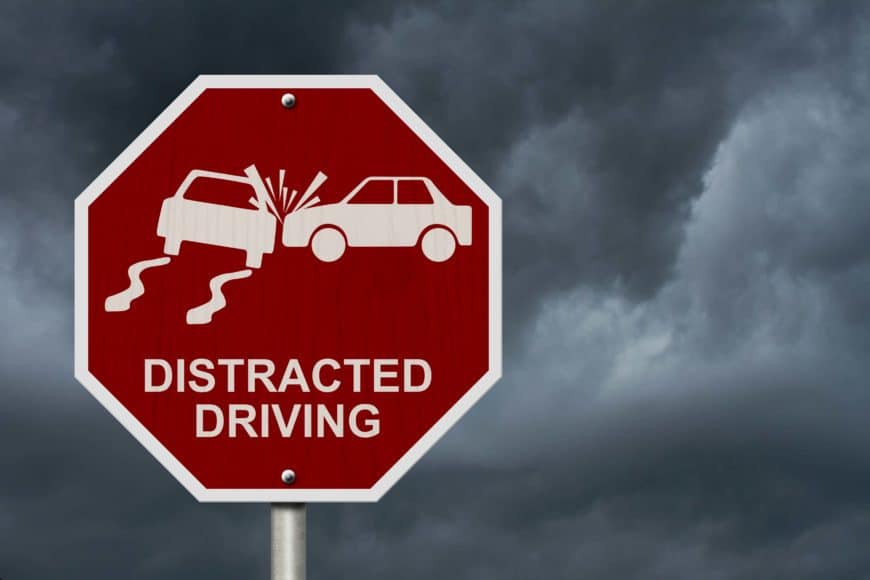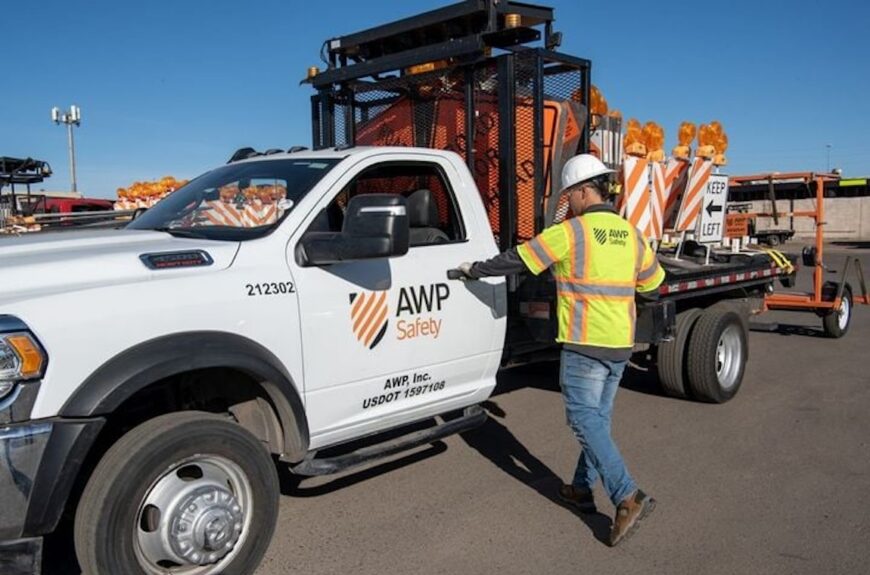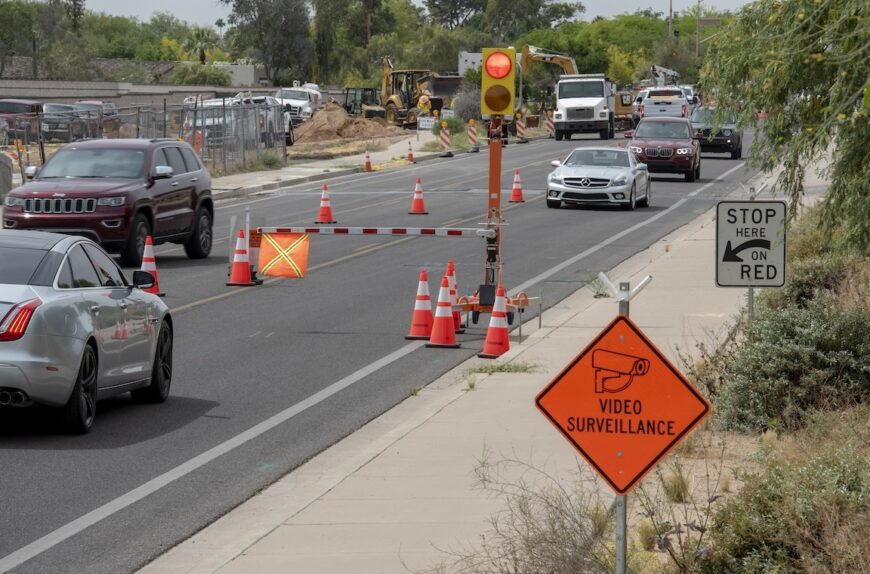
Traffic Safety Systems, Laws Aim to Reduce Risks
Traffic Safety Solutions, Training and Technology Support Enforcement
Recently, AWP has celebrated new safety laws in effect from Minnesota to Tennessee. Many states have begun enforcing “hands free” laws that ban the holding of cell phones and other electronic devices, and in Maine, fines are now steeper for motorists who recklessly pass emergency or public services vehicles that are stopped with their lights on. Another bill we’re following in Ohio would require centerline rumble sticks to be installed on all two-lane highways with a speed limit of 45 mph or higher.
Did you know?
AWP offers TPRS rentals
Why so excited about traffic safety laws? While our niche is traffic safety solutions, we are deeply involved in the safety, transportation and construction industries with a goal of improving education and safety outcomes. So while laws and developing technology are not exactly our business, we have an obligation to our employees and our customers to participate actively in the industry and to follow closely all developments regarding roadway design, traffic safety systems, and equipment.
Technology That Protects: Wrong way detection systems rely on sensors
For example, in Ohio, we’ve been following a state plan to install a system of 92 electronic signs and 82 detection devices at 23 locations that is designed to reduce wrong-way crashes. The system, to be installed on an 18-mile stretch of I-71, will also alert ODOT’s Traffic Management Center that a vehicle is traveling the wrong way. We applaud ODOT’s use of technology to improve safety for all who travel on the state’s roadways.
While individual State Departments of Transportation make decisions about the type of technology to implement when, and where, AWP and other companies are sometimes consulted by government bodies, agencies, and engineering services firms to help develop or test technology systems like the one ODOT selected. Although we were not involved in developing the detection system described above, we have worked with other state DOTs to test and implement similar safety systems.
Roadway Construction Design, Technology and Training Combat Distracted Driving
One example of AWP’s commitment to improving safety industry-wide can be seen in Virginia, where VDOT now requires Portable Temporary Rumble Strips in work zones on two-lane roadways with speed limits of 35 mph or higher, at night time, or where other conditions are present. Working with many state contractors over more than 25 years, AWP has developed unmatched expertise to keep its customers safe, compliant, and covered – and in Virginia, that has meant being instrumental in the education process with our customers and numerous VDOT contractors.
PTRS provide a tactile and audible cue alerting drivers to changes in traffic patterns in and around construction zones. Alerting drivers and reminding them to slow down is critical to preventing work zone accidents. AWP helps further reduce the risks for everyone in the zone by ensuring that our protectors are the most qualified, highly trained flaggers in the industry.
From consulting and educating throughout the industry to bringing the right equipment and best-trained crews to every work zone, on time, every time, AWP is committed to safety – and that’s why it’s fair to say we’re celebrating the laws, systems and technologies that contribute to everyone’s safety.
___ ___ ___
While AWP is primarily focused on traffic safety control services and equipment, we are highly involved in organizations, awareness campaigns and other efforts to improve safety throughout the industry, and our consulting services engineers and field staff work to develop and test safety technology on projects nationwide. To learn more about working with AWP, get in touch today.



